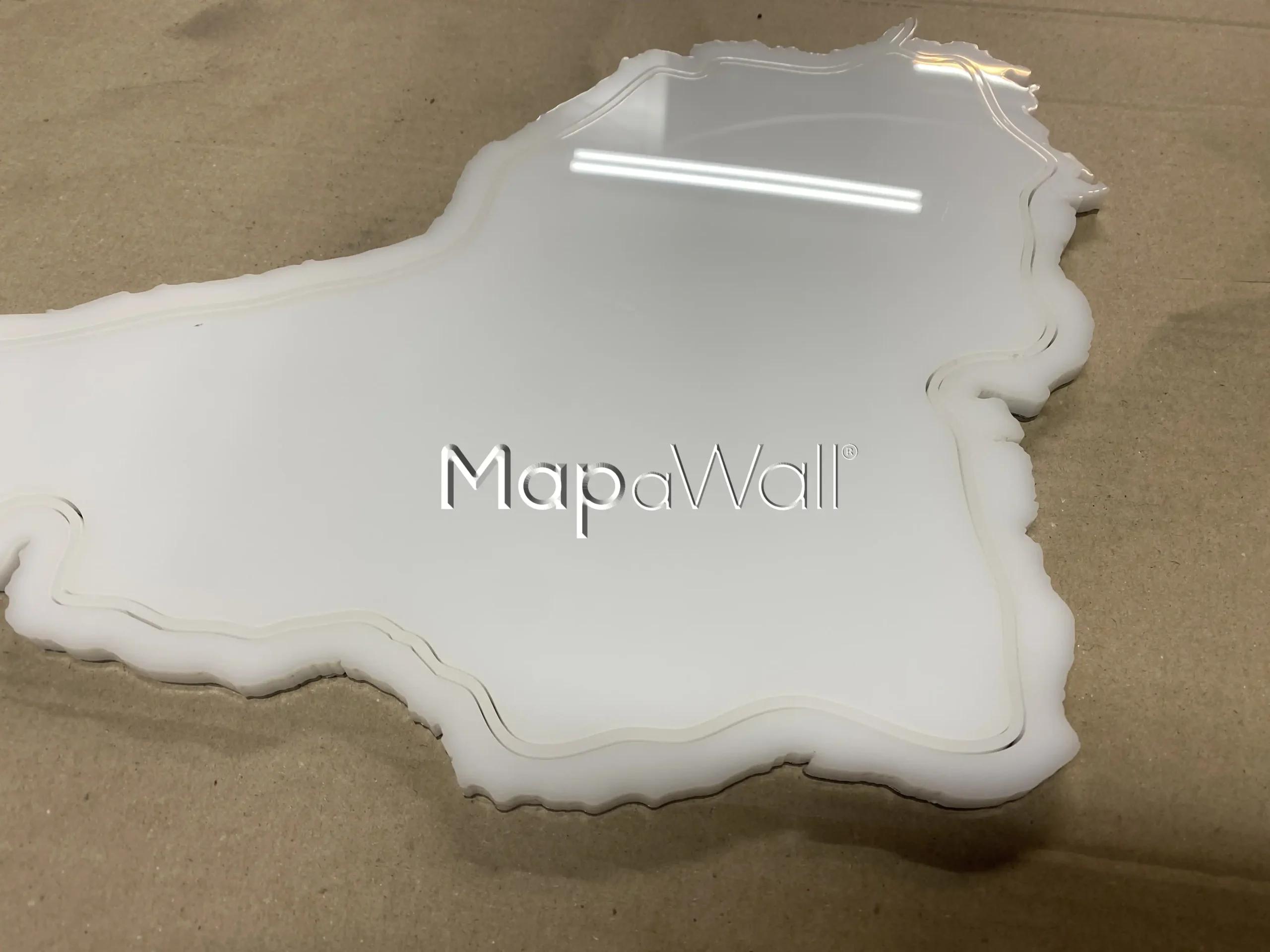Tag: diffused
-

The crafting process (part 2)
As demonstrated in the initial phase of crafting this illuminated stainless steel world map, our process started with cutting the base layer from a corten steel plate using our fiber laser. Subsequently, our steel supplier prepared the stainless steel for cutting. Once the top layer was cut and engraved, we proceeded to work on the…